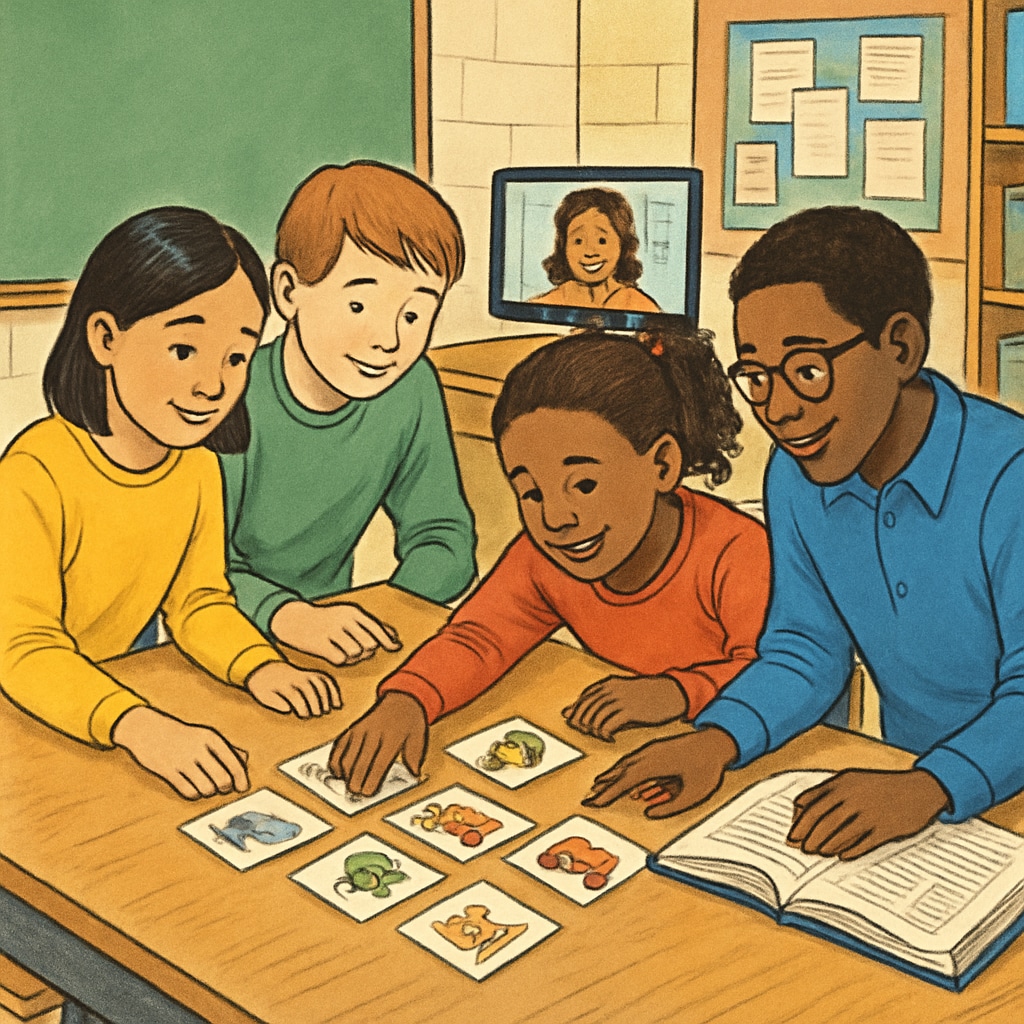Effective teaching requires structured strategies that accommodate diverse learning styles. For K12 educators, Zoom and ReZoom teaching activities provide engaging ways to promote collaboration, critical thinking, and deep learning. This article explores the correct sequence for these activities, key implementation tips, and actionable best practices to maximize their impact.
Understanding Zoom and ReZoom Activities
Zoom and ReZoom are interactive storytelling activities designed to help students develop teamwork, communication, and problem-solving skills. In Zoom, participants work together to sequentially organize images that tell a story when viewed as a whole. ReZoom builds on this concept by adding complexity, requiring participants to connect smaller pieces into a larger narrative.
Both activities are ideal for fostering critical thinking while catering to visual and kinesthetic learners. They can be used in various subject areas, including literature, history, science, and art, making them versatile tools for K12 classrooms.
Step-by-Step Guide to Activity Sequencing
To ensure the success of Zoom and ReZoom activities, educators must follow a structured implementation process. Below is a detailed guide:
- Preparation: Select appropriate Zoom and ReZoom kits or create your own using images that align with your lesson objectives. Ensure all materials are ready before the session.
- Introduction: Briefly explain the activity rules and objectives to students. Highlight the importance of collaboration and communication.
- Execution: Divide students into small groups and distribute the materials. Encourage them to discuss, analyze, and organize the images in a logical sequence.
- Debrief: Once the activity is complete, gather students to reflect on their process. Discuss the story they created and relate it to the lesson’s key concepts.

Best Practices for Successful Implementation
While Zoom and ReZoom activities are straightforward, following these best practices can enhance their effectiveness:
- Adapt to Grade Level: Choose image sets that match the cognitive abilities of your students. Younger students may benefit from simpler narratives, while older students can tackle more complex stories.
- Encourage Active Participation: Assign specific roles within the group, such as a “team leader” or “organizer,” to ensure every student contributes.
- Integrate with Curriculum: Align the activity with your lesson goals to reinforce key concepts. For example, use historical images for social studies or scientific diagrams for biology.
- Provide Feedback: Offer constructive insights during the debrief to help students understand their strengths and areas for improvement.

Why Zoom and ReZoom Activities Work
These activities are effective for several reasons:
- Promote Collaboration: Students must work together to solve problems, fostering teamwork and communication skills.
- Cater to Diverse Learning Styles: Visual learners benefit from analyzing images, while kinesthetic learners engage actively in arranging them.
- Encourage Critical Thinking: Students must analyze and connect images logically, enhancing their problem-solving abilities.
- Boost Engagement: The hands-on nature of these activities keeps students motivated and focused throughout the session.
To learn more about activity-based learning strategies, explore resources such as Active Learning on Wikipedia and Education Principles on Britannica.
Conclusion
Zoom and ReZoom teaching activities offer K12 educators powerful tools to enhance classroom engagement and promote deep learning. By following the correct sequence and implementing best practices, teachers can effectively cater to various learning styles while fostering collaboration and critical thinking. With proper preparation and reflection, these activities can transform your classroom into a dynamic and interactive learning environment.
Readability guidance: Use short paragraphs and lists to summarize key points. Add engaging visuals to reinforce the content. Distribute transition words like “however,” “in addition,” and “for example” throughout the text.


